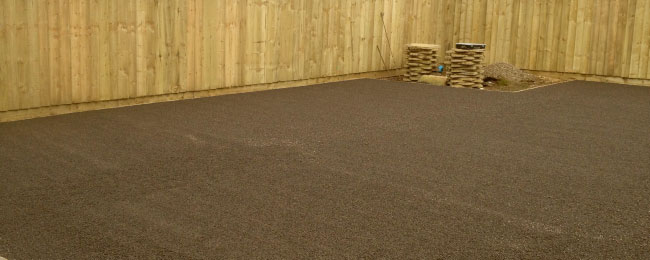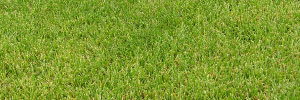How to Prepare for Turf Laying
Establishing a new lawn requires proper preparation
Our customers are often surprised to discover how much time and investment is required to produce the lush lawn of their dreams. If quality is your goal, you must prepare the soil it’s to lay on as thoroughly as possible. Proper preparation includes:
- Measuring
- Spraying for Weeds
- Excavation
- Soil Laying and Levelling
- Fertilization
How to Measure Your Lawn
You will need to order 1 cubic metre of turf or soil per 10 square metres. Use a tape measure to measure the area to be covered. Measure twice to ensure your measurements are accurate.
The formula for square and rectangular spaces is length x width.
The formula for a triangular space is height x base / 2.
The formula for a circular space is radius x radius x 3.14. To find radius, place a marker at the centre of the circle and measure from that marker to an edge of the circle. Multiply that by itself and then by 3.14. For the most accurate measure possible, attach a string to the marker and measure from several points in the circle, keeping the string taut as you go round the circle.
Strangely shaped spaces can be divided into smaller shapes and their measurements added together. Measure the longest section of the shape to get your number for length. Then measure about 5 different points to determine an average width. Then divide the total number by 5.
Example: 5m + 5m + 4m +3m + 3m / 5 =10 X 4 = 40 square metres
Once you have determined how much turf you will need, add 4% for cutting in and another 4% for contingencies. It’s better to have a bit more than to come up short.
Get Rid of the Weeds
Spray a good weed killer 7-14 days before you lay your new turf to prevent existing weeds from ruining your new investment. We recommend a mixture of 150 mils Round Up and water per 100 square metres.
How to Excavate Your Existing Lawn
Excavating is hard work. But you must rip out the old to make room for the new. And it’s not enough to simply rip out the existing grass. Roots can grow more than a metre into the ground.
A good shovel and wheelbarrow will get the job done, but hiring a turf cutter will make the job go faster and easier. A sturdy tarp placed on a nearby concrete surface will make hauling the debris away easier.
Leave a depth of at least 175 mm below your paved areas: 150 mm of soil underlay and an additional 25 mm to give your lawn a flush, clean finish once the turf is laid.
How to Lay and Level Topsoil
Next step is topsoil. Soil quantity and quality are important. They have a direct effect on your lawn’s ultimate quality.
New turf requires good soil. If your yard already has at least 150 mm of rich soil, there’s really no need to purchase new soil. If it doesn’t you’ll need to spread a screen soil underlay—a sandy mixture specific for turf.Gypsum raked in at 25 kg to 100 square metres can help break up heavy soil or clay areas, and light sandy soil can benefit from dolomite and lime raked in at 25 kg.
We recommend a premium organic garden blend that performs well with soils commonly found on the Sunshine Coast. We can supply and deliver your blend underlay starting at a minimal purchase of just 1 cubic metre, which will cover about 10 square metres 100 mm thick.
The topsoil must be levelled with a rake to ensure the turf lays exactly the way you envisioned. If you envision undulating hills on your landscape, build them with the soil as you level.
How to Fertilise Your Soil
This is your last step to prepare your yard for fresh turf. A good fertilizer will help establish your new lawn. Apply a pre-lawn starter fertiliser at a rate of 8-10 kg per 100 square metres. Avoid using any weed and feed products as they can damage new turf before it can establish itself.
Contact Us Today 07 5443 4474




